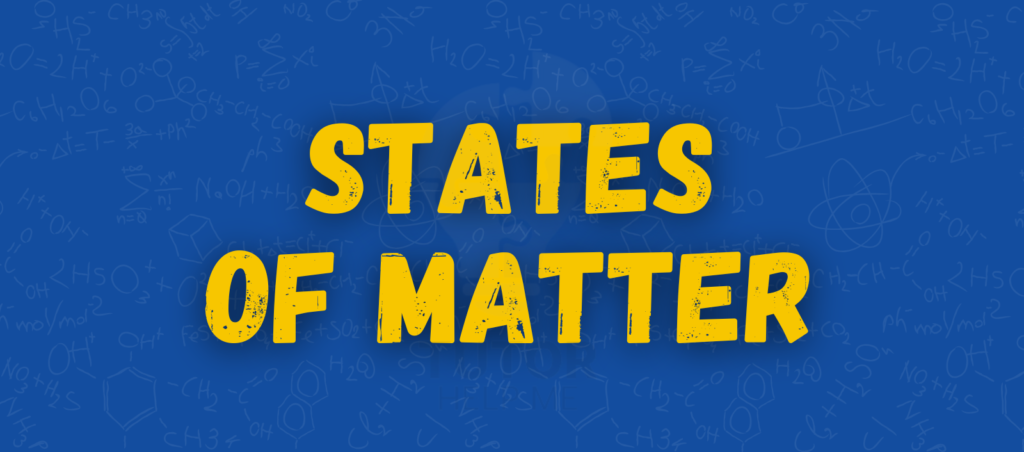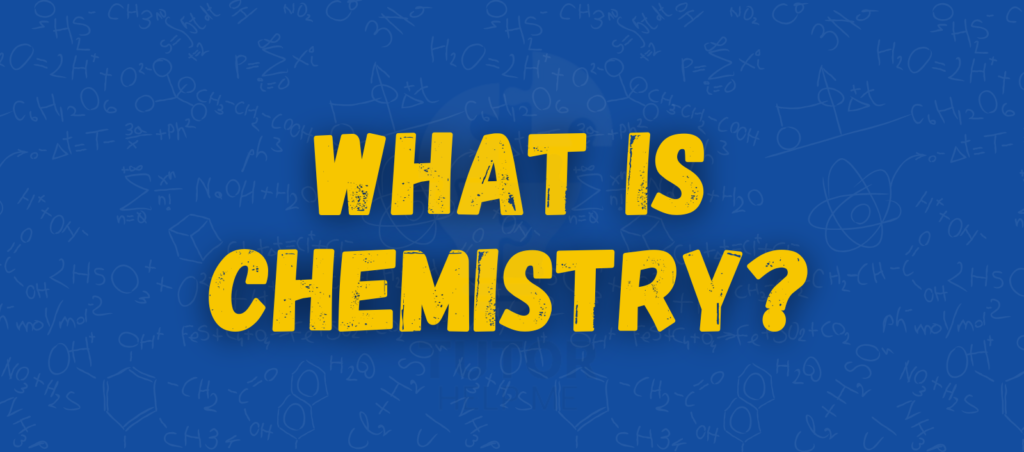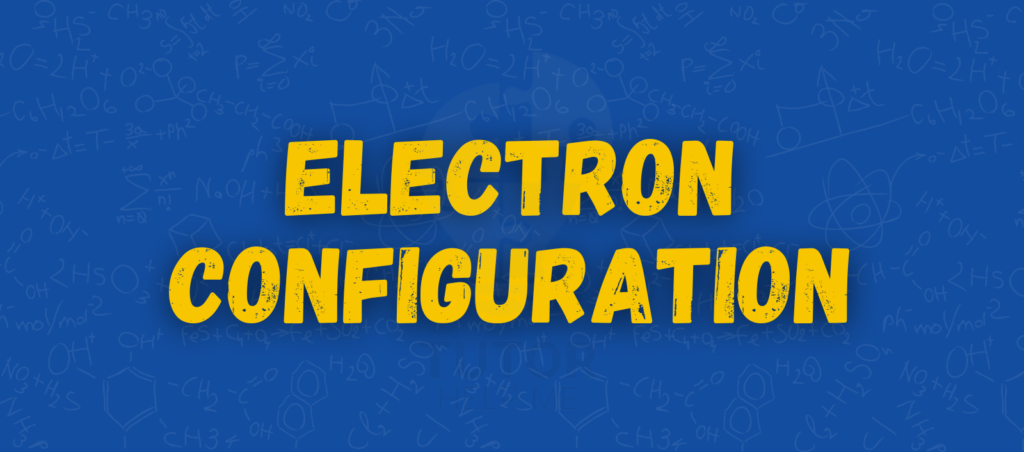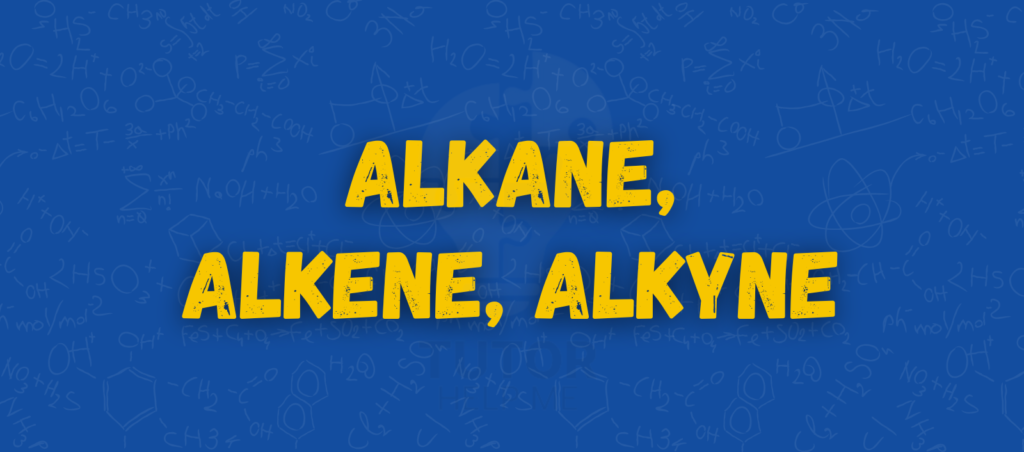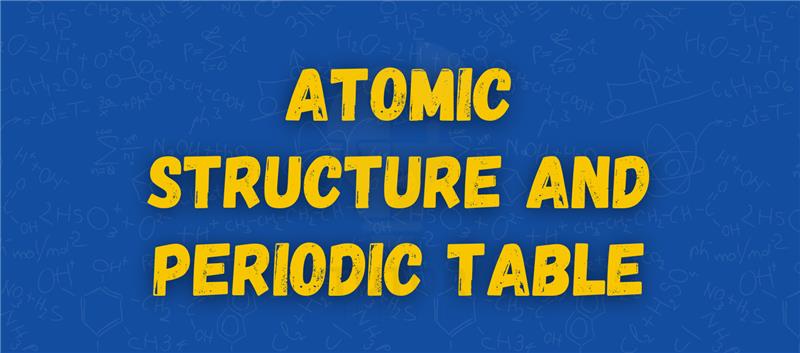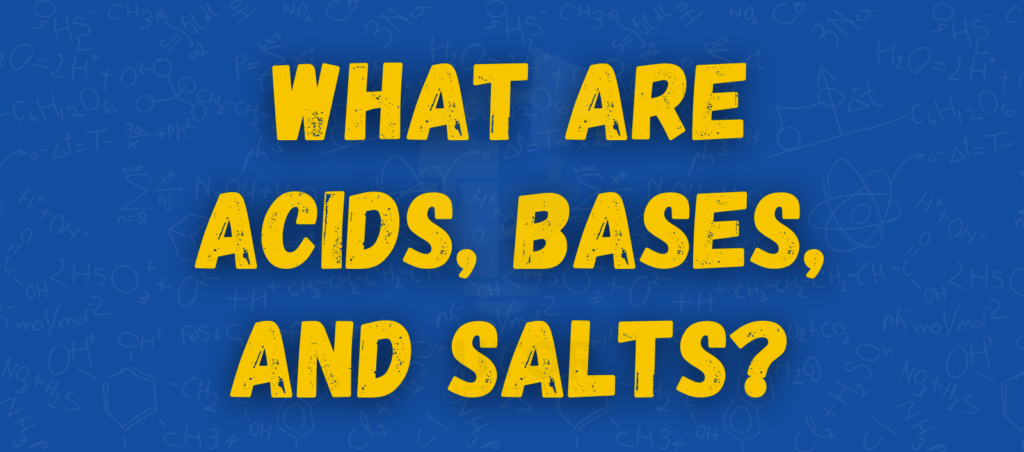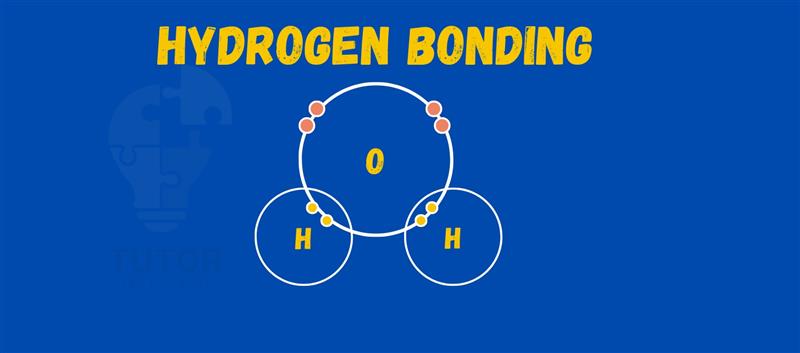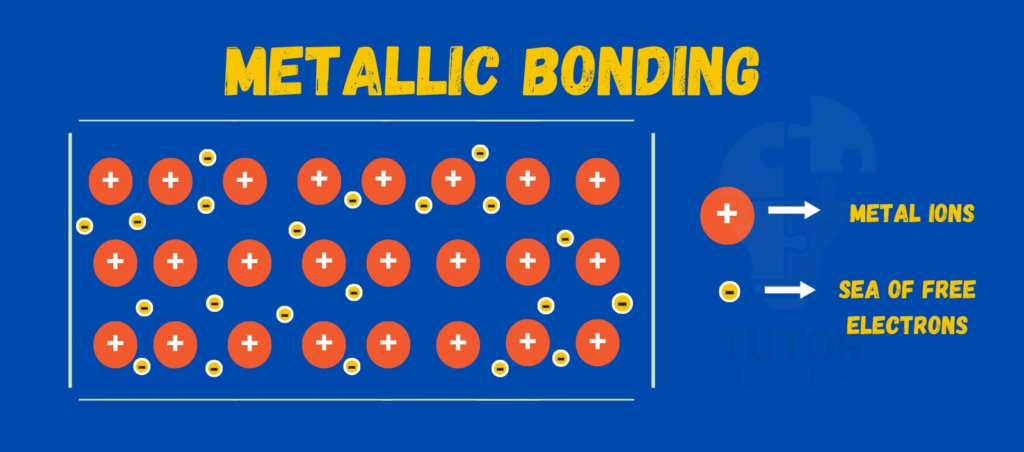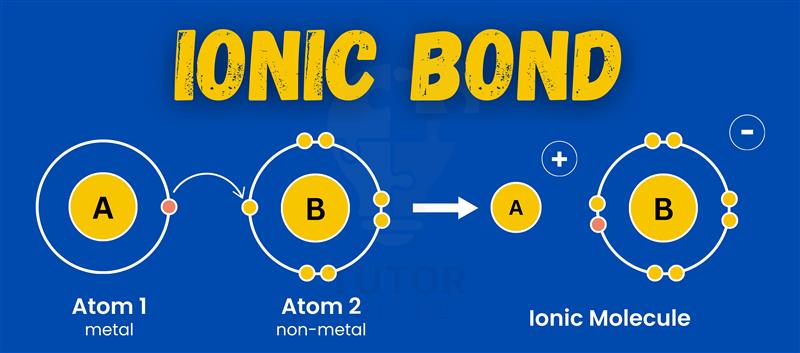States of matter | Solid, Liquid, Gas, Plasma
States of matter describe the physical forms in which substances exist. The main states are solid, liquid, gas, and plasma, each with unique properties based on particle arrangement and energy levels. Understanding states of matter is essential in science and daily life. From water changing forms to gases in the air, these concepts explain natural […]
States of matter | Solid, Liquid, Gas, Plasma Read More »

